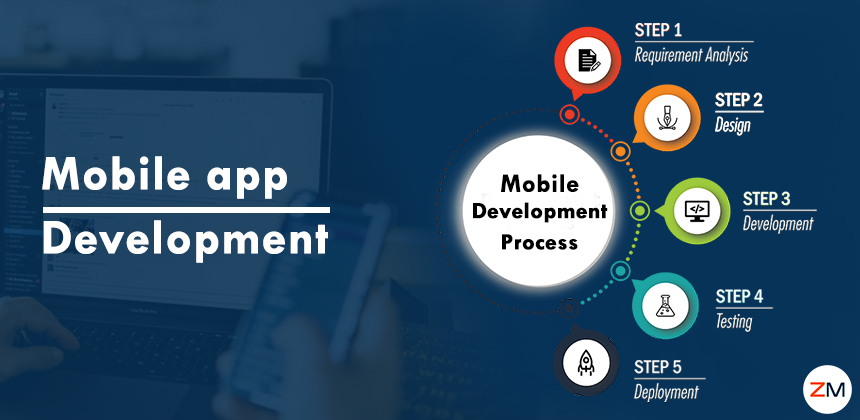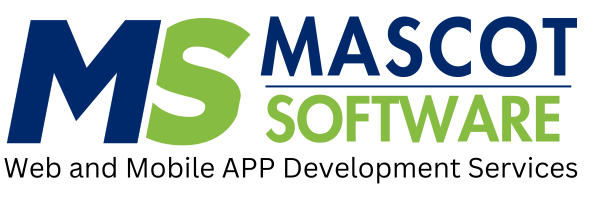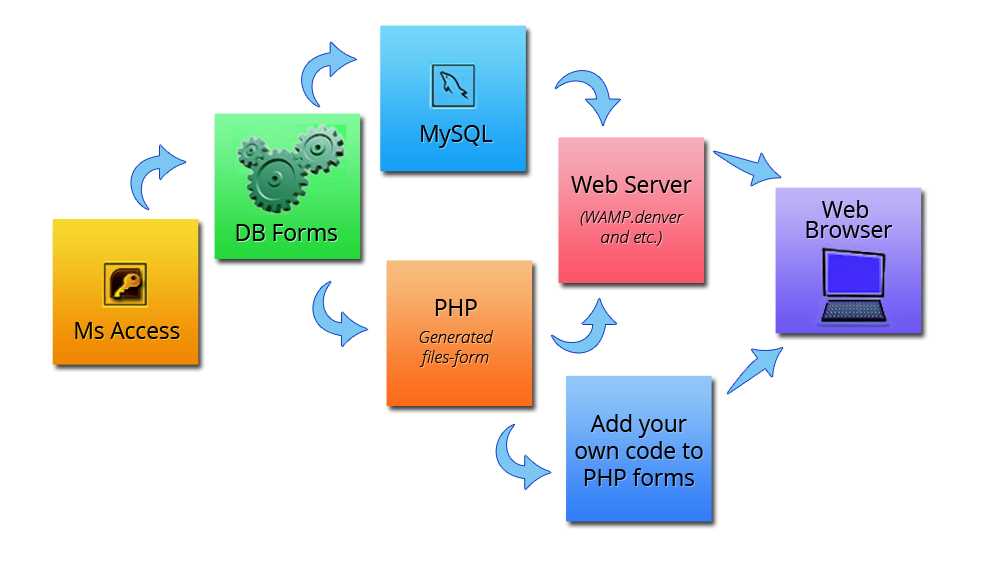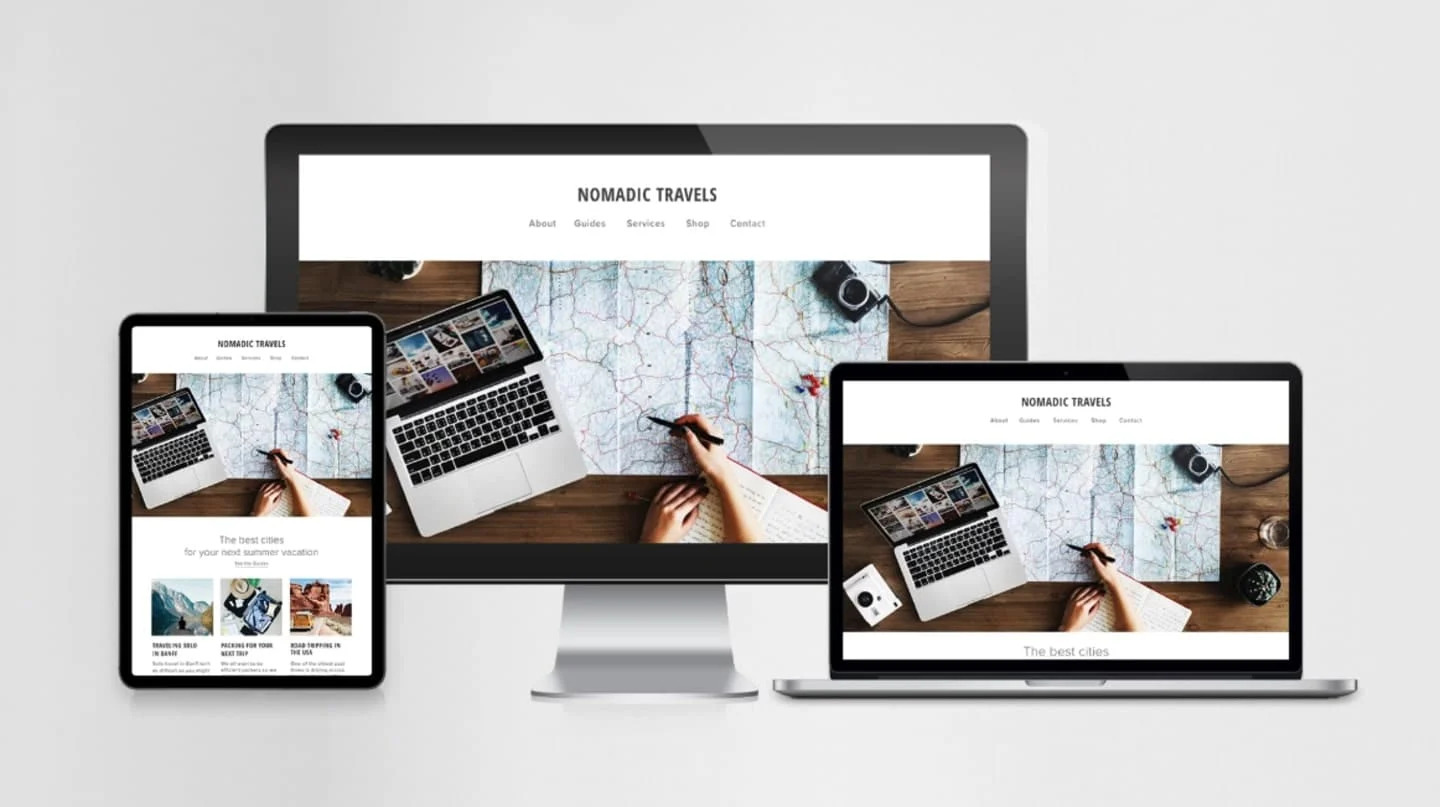
In today's digital age, mobile apps have become an integral part of our lives. Whether it's for entertainment, productivity, or commerce, there's an app for almost everything. But what goes into building these apps? In this comprehensive guide, we'll delve into the world of mobile app development, from the initial concept to the final deployment.
Understanding the Mobile App Development Process
The mobile app development process typically involves the following steps:
-
Ideation and Planning:
- Identify a unique app idea.
- Conduct market research to assess demand.
- Define the target audience and app's core features.
- Create a detailed project plan.
-
Design and Prototyping:
- Design user-friendly interfaces and intuitive user experiences (UX).
- Create wireframes and mockups to visualize the app's layout.
- Design app icons and branding elements.
-
Development:
- Choose the right development platform (iOS, Android, or cross-platform).
- Select a programming language (Swift, Kotlin, or JavaScript).
- Write clean, efficient, and well-structured code.
- Integrate APIs and third-party services.
-
Testing and Debugging:
- Thoroughly test the app on various devices and operating systems.
- Identify and fix bugs and performance issues.
- Conduct user testing to gather feedback.
-
Deployment:
- Prepare the app for submission to app stores (Apple App Store, Google Play Store).
- Handle app store guidelines and requirements.
- Deploy the app and monitor its performance.
Choosing the Right Platform and Technology Stack
- Native App Development:
- Build platform-specific apps using native languages (Swift for iOS, Kotlin for Android).
- Offers optimal performance and access to device features.
- Cross-Platform App Development:
- Use frameworks like React Native, Flutter, or Ionic to build apps for multiple platforms from a single codebase.
- Faster development time but may compromise on performance.
Mobile App Design Best Practices
- User-Centered Design: Prioritize the user's needs and preferences.
- Intuitive User Interface: Create a clean and intuitive interface.
- Responsive Design: Ensure the app looks and functions well on different screen sizes.
- Accessibility: Design the app to be accessible to users with disabilities.
- Performance Optimization: Optimize app performance for smooth user experiences.
Mobile App Testing Strategies
- Unit Testing: Test individual components of the app.
- Integration Testing: Test how different components work together.
- User Acceptance Testing (UAT): Test the app with real users to gather feedback.
- Performance Testing: Test the app's speed, responsiveness, and resource usage.
- Security Testing: Identify and fix security vulnerabilities.
Mobile App Marketing and Promotion
- App Store Optimization (ASO): Optimize app listings for better visibility.
- Social Media Marketing: Leverage social media platforms to promote the app.
- Content Marketing: Create blog posts, articles, and videos to educate users.
- Email Marketing: Build an email list and send targeted promotions.
- Paid Advertising: Use app store ads, social media ads, and other paid channels.
Conclusion
Mobile app development is a complex process that requires a combination of technical skills, creativity, and business acumen. By following the best practices outlined in this guide, you can build successful mobile apps that captivate users and drive business growth.



.jpg)


